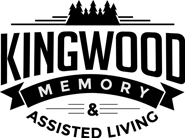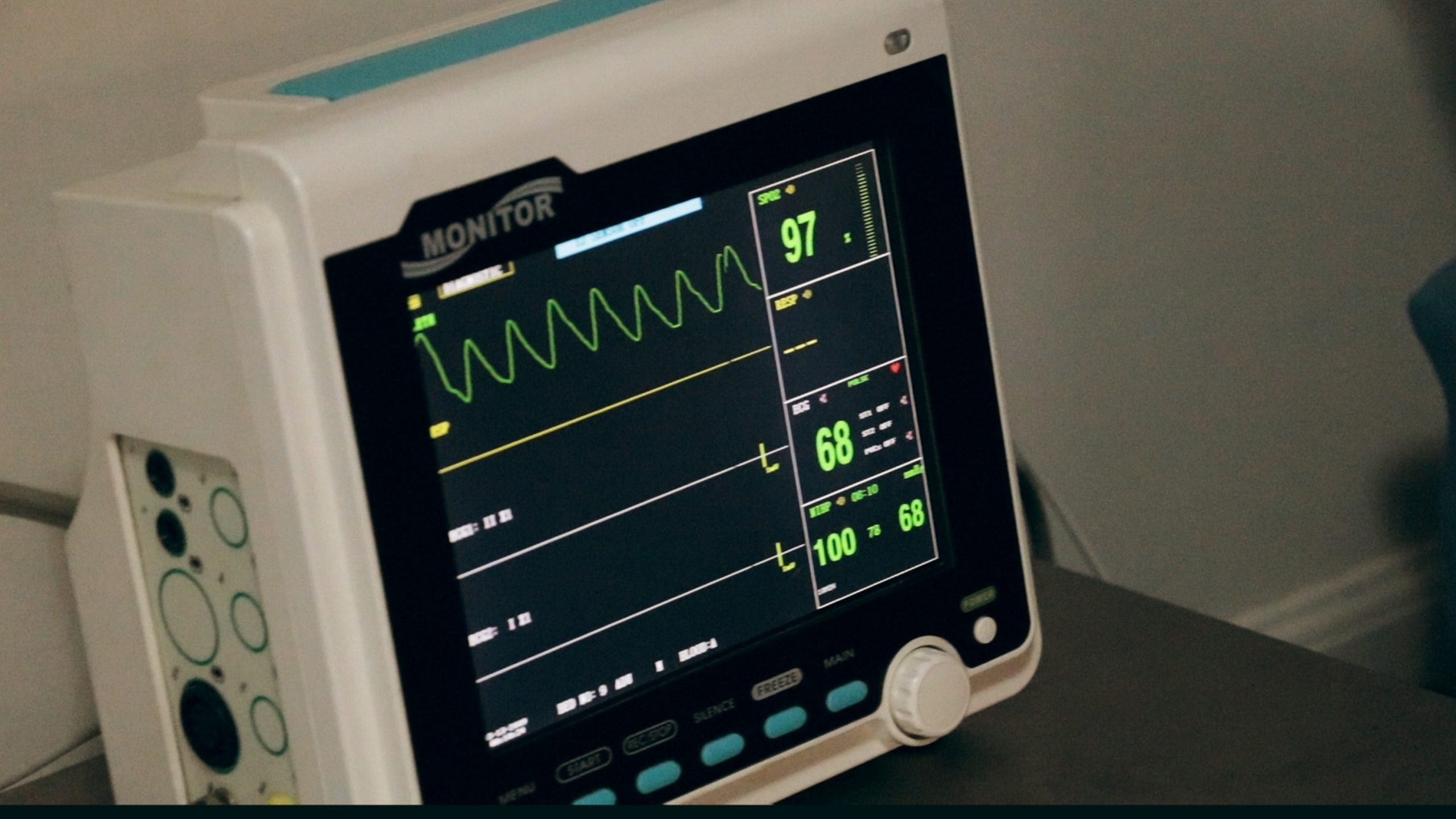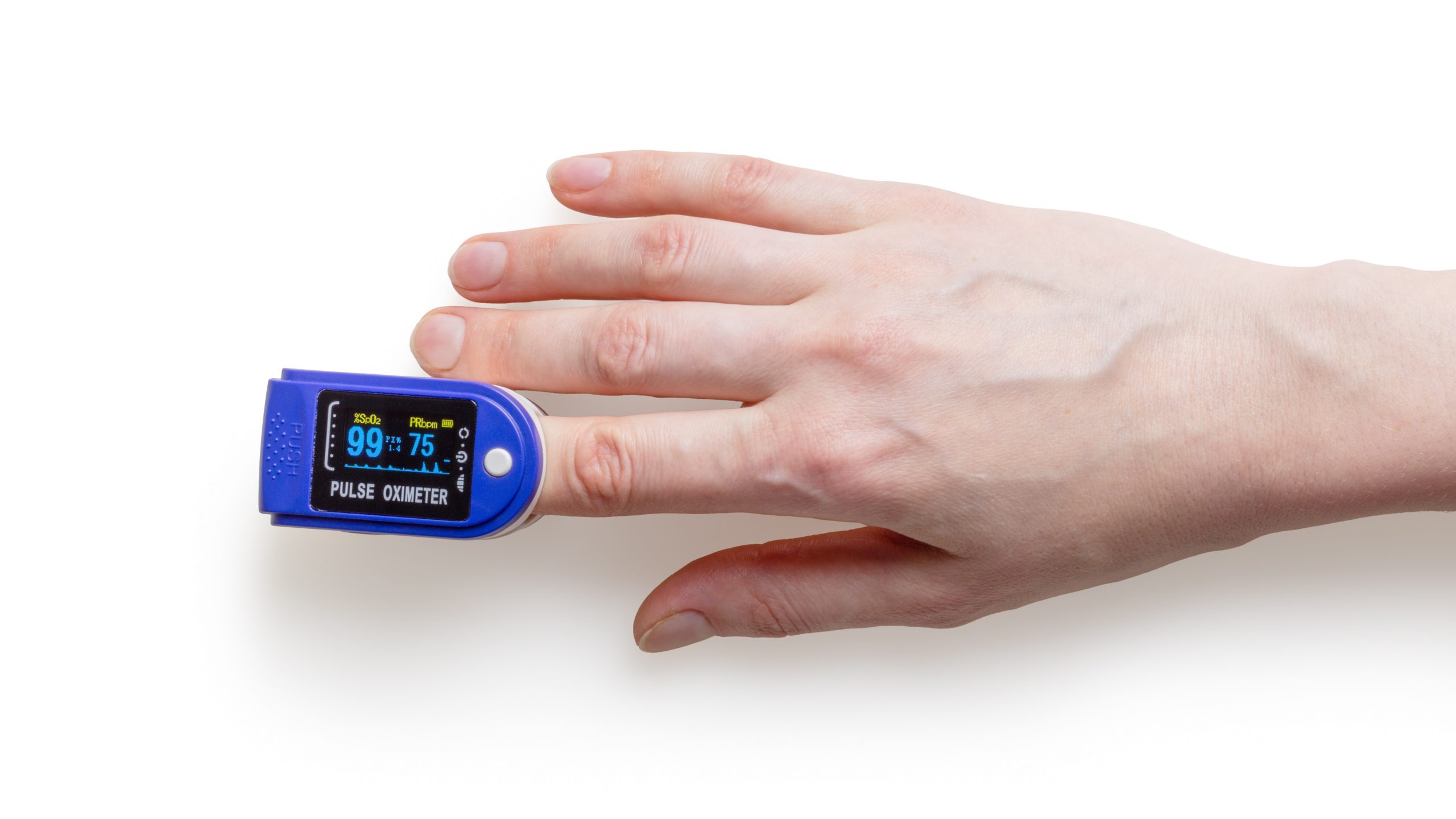ANOXIC VS. HYPOXIC BRAIN INJURIES

Anoxic Brain Injury
Anoxic brain injury refers to a condition where the brain is completely deprived of oxygen. It occurs when there is a total cessation of blood flow or a severe reduction in oxygen-carrying capacity within the bloodstream. Anoxic brain injuries can result from various causes, including:
Cardiac Arrest: When the heart stops pumping effectively, blood flow to the brain is interrupted, leading to oxygen deprivation.
Respiratory Arrest: Severe respiratory failure, suffocation, or choking can cause a lack of oxygen in the bloodstream and subsequently lead to anoxic brain injury.
Severe Blood Loss: Profuse bleeding can result in a decrease in oxygen-carrying capacity, leading to anoxic brain injury.
Carbon Monoxide Poisoning: Inhalation of carbon monoxide gas prevents the proper delivery of oxygen to the brain, causing anoxic injury.
Hypoxic Brain Injury
Hypoxic brain injury occurs when there is a partial reduction in the oxygen supply to the brain. Unlike anoxic brain injury, hypoxic injury involves a diminished oxygen supply rather than a complete deprivation. Causes of hypoxic brain injury may include:
Near-Drowning: In near-drowning incidents, the brain is deprived of oxygen due to submersion in water for a significant period. Even after resuscitation, the brain can sustain hypoxic damage.
Suffocation or Strangulation: Cases where oxygen supply is restricted, such as in choking incidents or strangulation, can result in hypoxic brain injury.
Severe Asthma or Respiratory Distress: Prolonged episodes of inadequate breathing, such as during severe asthma attacks or respiratory distress, can lead to reduced oxygen supply to the brain and subsequent hypoxic injury.
Effects of Anoxic and Hypoxic Brain Injuries
Both anoxic and hypoxic brain injuries can have severe consequences on brain function and overall well-being. The effects may include:
Cognitive Impairment: Memory problems, difficulties with attention, concentration, and executive functions can occur.
Motor Impairment: Muscle weakness, coordination difficulties, and challenges with balance and mobility may arise.
Sensory Changes: Visual, auditory, or sensory processing problems may occur, leading to changes in perception.
Emotional and Behavioral Changes: Mood swings, depression, anxiety, irritability, and personality changes can manifest.
Seizures: Both anoxic and hypoxic brain injuries may increase the risk of seizures.
Coma or Vegetative State: In severe cases, the individual may enter a coma or a vegetative state, with limited or no conscious awareness.
Treatment and Rehabilitation
The treatment and rehabilitation of anoxic and hypoxic brain injuries depend on the severity and specific needs of each individual. It typically involves a multidisciplinary approach, including medical intervention, physical therapy, occupational therapy, speech therapy, and psychological support. The goals are to stabilize the individual, optimize brain function, manage symptoms, and maximize recovery potential.
In conclusion, anoxic brain injuries occur when the brain is completely deprived of oxygen, while hypoxic brain injuries involve a partial reduction in oxygen supply. Both types of injuries can have significant impacts on brain function, and appropriate medical intervention, rehabilitation, and support are essential for recovery and improving quality of life.
Take the first step toward providing your loved one with the exceptional care they deserve. Contact us today at (281)892-1400 to schedule a personalized tour and learn more about our memory care and assisted living services. Our friendly team is ready to answer your questions and guide you through the process of finding the perfect caregiver at Kingwood Memory Care & Assisted Living. Together, we can create a supportive and nurturing environment where individuals with memory issues can thrive and lead fulfilling lives.


